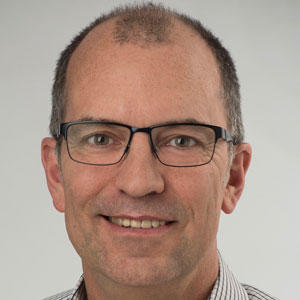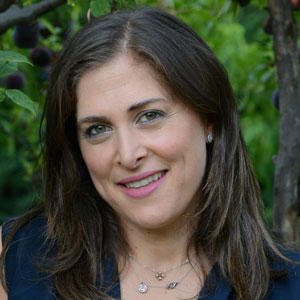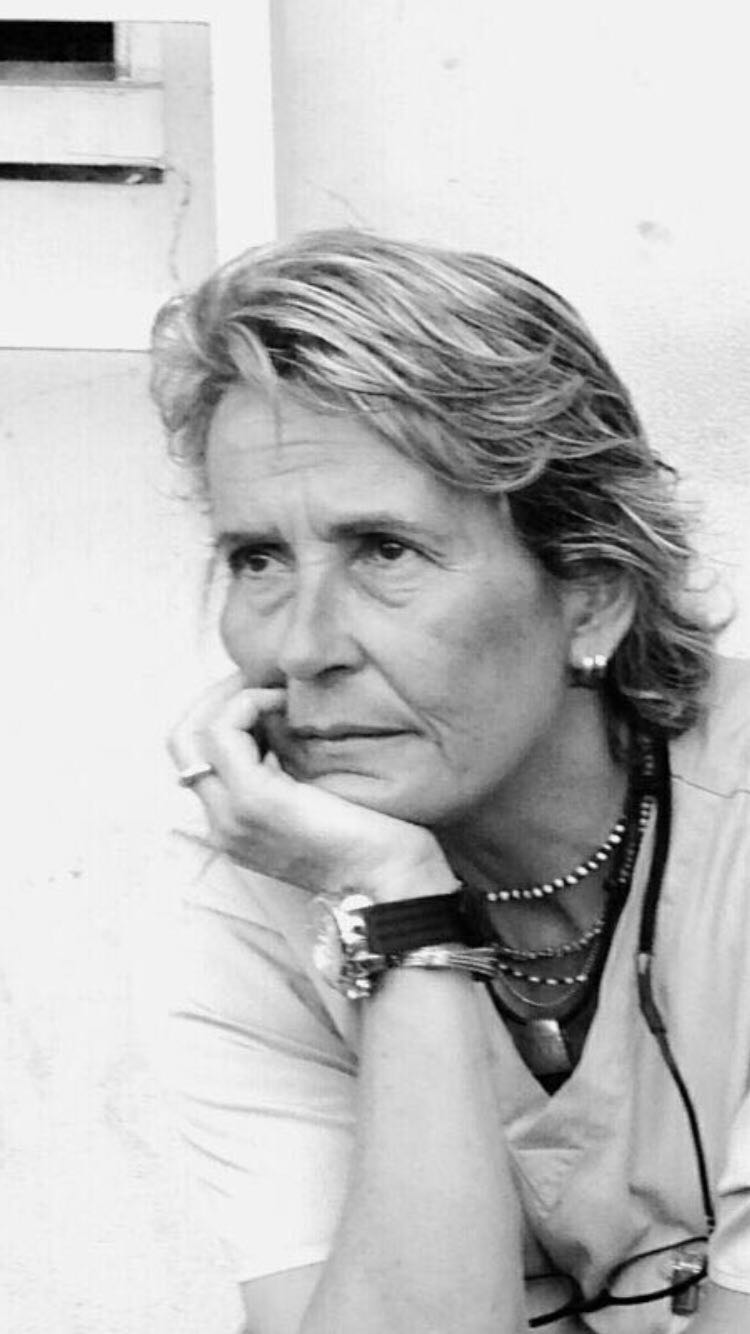Speakers and Abstracts
(Speakers are listed in the order of the programs’ sessions)
10:10 AM - 10:30 AM
The Role of Anesthesiologists in Mass Casualty Incidents: Personal Reflections

Wayne Morriss, M.D.
Dr. Wayne Morriss is a practicing anesthesiologist in Christchurch, New Zealand, with expertise in education, trauma, neuroanesthesia, and obstetric anesthesia. He trained in New Zealand and Australia and worked in Fiji for 2 years before settling in Christchurch.
Dr. Morriss is the current President Elect of World Federation of Societies of Anesthesiologists and a member of the WFSA Board and Council. He served as Chair of the Education Committee from 2012-2016 and Director of Program from 2016-2020.
Dr. Morriss is the co-developer of the Essential Pain Management program which has now been taught in over 60 countries worldwide. He has also been closely involved with the development and delivery of other educational projects, including Primary Trauma Care, Safer Anesthesia From Education (SAFE), and the WFSA Fellowship Program.
Abstract
Mass casualty disasters present an acute, critical situation that taxes healthcare resources and clinician acumen. Anesthesiologists possess the characteristics and management skill sets that make them valuable clinicians during mass casualty incidents. In this lecture, Dr. Morriss will discuss the role of anesthesiologists in mass casualty incidents and will reflect on his personal experience during and following the mass casualty incidents that happened in New Zealand.
10:30 AM - 10:50 AM
Anesthesia Triage Systems for Mass Casualties
Marzia Corini, M.D.
Dr. Marzia Corini is currently an ICU consultant in a COVID ICU at Ospedale Maggiore di Crema in Lombardia, Italy. She is also a faculty member of CRIMEDIM - Research Center in Emergency and Disaster Medicine, Università del Piemonte Orientale (Novara, Italy). Dr. Corini graduated as a medical doctor specialized in Anesthesia and Intensive Care from Pisa Medical School, Italy in 1992. Then she pursued her fellowship in Trauma Anesthesia at the Sunnybrook Health Center Toronto, Canada. For almost 20 years, Dr. Cornini has been an ICU consultant in the Emergency Department at Pisa University Hospital where she took charge of mass casualties planning. Since 2000, she participated in several missions with Medecins Sans Frontiers, International Committee of the Red cross, and Emergency- in war zones like Tchad, South Sudan, Afghanistan, Liberia, Syria, Timor East, Pakistan, Iraq, Central African Republic and many others.
Abstract
In a mass casualty incident, the needs of a population of patients exceed available resources. Triage decisions in this situation work to promote “the greatest good for the greatest number.” With scare resources, these are tough decisions because the paradigm of care shifts from bringing all available resources to bear on the individual patient to managing resources for the greatest effect on a population of patients.
The aim of this lecture is to show field experience strategies in different countries coping with mass casualties. Also, the reasons for building mass casualties’ plans and basic guidelines in a low resources environment will be discussed. In addition, the best strategies for triage to be adopted by anesthesiologists will be reviewed.
11:40 AM - 11:45 AM
Anesthetic Management of Patients During the Beirut Explosion

Carine Zeeni, M.D.
Dr. Carine Zeeni is a Clinical Assistant Professor of Anesthesiology at the American University of Beirut Medical Center. She is the director of the Neuroanesthesia division and is an active member of the Society for Neuroscience in Anesthesia and Critical Care. Her interests lie in neuroanesthesia, medical education and simulation based education.

Freda Richa, M.D.
Dr. Freda Richa is Associate Professor of Anesthesiology at Saint-Joseph University of Beirut, Medical School.
Dr. Richa is currently working as a full-time physician at the Anesthesia and Critical Care Department at Hotel-Dieu de France Hospital. She is the author of numerous publications on various fields in anesthesia, reanimation and pain medicine. Dr. Richa is an Affiliate member of the “European Society of Anaesthesiologists” (ESA), of the “European Society of Regional Anaesthesia and Pain Therapy” (ESRA), of the French Society of Anesthesia and Critical Care (SFAR), of the “Lebanese Society of Critical Care Medicine” (LSCCM) and of the “Lebanese Society for the study of Pain” (LSSP). She is an active member of the “Lebanese Society of Anesthesiologists” executive board.

Nabil Mansour, M.D.
Dr. Nabil Mansour is an Assistant Professor of Clinical Anesthesiology at the Saint George University Medical Center (SGUMC) in Collaboration with the University of Balamand (UOB). He is the Medical Associate for the Medical Quality Office and Head of CPR Committee at SGHUMC. He is the head of division of Pediatric Anesthesia in the department of anesthesia, UOB school of medicine. He is the Airway Course Director in the Lebanese European Academy for Emergency Medicine (LEAEM). Dr. Mansour is the author of publications on pain medicine.

Dany Ziade, M.D.
Dr. Dany Ziade is a clinical anesthesiologist at Aboujaoude Hospital since 1992. He completed his MD degree at the University Catholique de Louvain in 1986. He is the author of many publications focusing on anesthesia and anesthesia drug related complications.

Diala Harfouche, M.D.
Dr. Harfouche is a clinical anesthesiologist at Najjar Hospital. Previously, she was part of the cardiac anesthesia team at Hammoud University Hospital in Saida. Her main focus is currently on bariatric and laparoscopic anesthesia. She is also in charge of the post-op critical surgical care at Najjar hospital. She attends regularly conferences in Europe related to bariatric surgery and to anesthesia.
Abstract
Major challenges in the management of mass casualty have been identified as lack of human resources, lack of material resources, lack of communication and coordination. The Departments of Anesthesiology at many hospitals have been seriously disrupted by the influx of injured patients following the Beirut port explosion. In this panel, anesthesiologists from various academic and private hospitals that dealt with the events that ensued following the August 4th Beirut port explosion, will share their experiences.
12:00 PM - 12:20 PM
Anesthesia Department Emergency Preparedness
Dr. David Marrache is a consultant in the Intensive Care Unit at the Hôpital Européen Georges Pompidou, Paris. He graduated as a medical doctor from the Saint-Antoine University Paris VI where he also pursued his specialization in anesthesiology and Intensive Care Medicine. Dr. David Marrache obtained several certifications mainly in emergency medicine, disaster medicine, rescue in an equatorial environment, and in crisis management. Dr. Marrache in highly involved in teaching activities and is the author of publications on various fields in anesthesia, reanimation and trauma.
Abstract
The numbers of people affected by large-scale disasters has increased in recent decades. The disaster context produces a number of challenges that directly impact on the anesthesiologists’ work, requiring adaptation of anesthetic techniques from their everyday practice. Anesthesiologists have a key role to play, therefore understanding and being prepared for these different contexts is vital for an effective disaster response. The aim of this lecture is to provide an understanding of the disaster context and the standards for logistics, equipment, capacity and human resources for deploying anesthesiology teams.
12:20 PM - 12:40 PM
Preparing Teams for Disaster Management Using Simulation

Marc Lazarovici, M.D.
Marc Lazarovici is a medical doctor (internal medicine), human factor trainer and computer scientist. He graduated from the Munich Medical School (LMU) in 2002 and studied computer sciences (part time) at the University Hagen between 2000 and 2011. Since 2003 he is a human factor and CRM trainer in the medical field. Currently, he is leading the Human Simulation Center at the Institute for Emergency Medicine, Medical Center of the Munich Ludwig-Maximilians-University, and working as trainer in different medical simulation trainings. He is member of the SSiH, SESAM and cofounding member of the DGSiM (german simulation society). 2016 he has been elected for a two-years term into the Executive Committee of SESAM as its treasurer and 2018 he has been elected into the position of SESAM President-Elect, which led to him becoming SESAM President in 2019. He is cofounding member and active auditor in the SESAM Accreditation Group.
His research interests and activities focus mainly on further developing learning opportunities through simulation, be it by developing new augmented reality simulators or by researching the implications of the increasing use of AR/VR technology to the healthcare environment.
Abstract
The modern era has brought the concept of preparedness for mass casualties and disasters to the forefront of every health systems’ concerns as one of their most urgent needs. Anesthesiologists, and the components of their departments, are vital to include in organizing and coordinating clinical and administrative services for an effective and comprehensive plan of action. Conducting simulations and drills is the most effective way to evaluate and test disaster preparedness plans. Drills and simulations are also excellent tools for training, and for assessing decision making processes, teamwork, and coordination.
